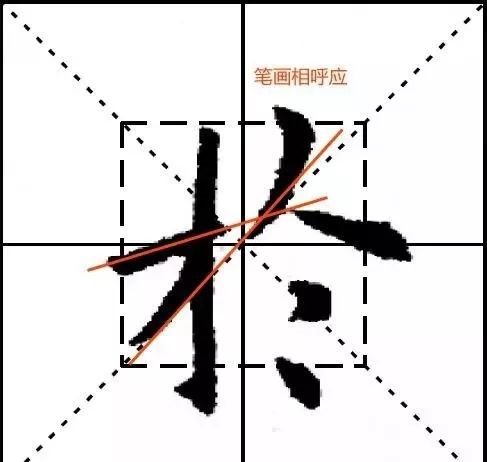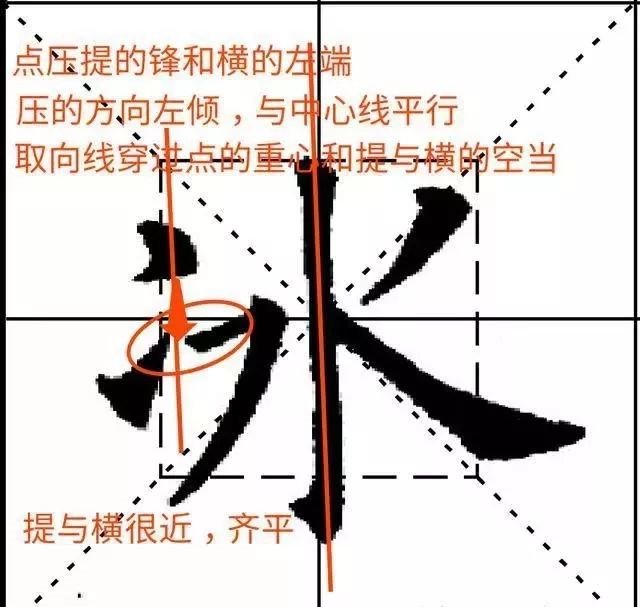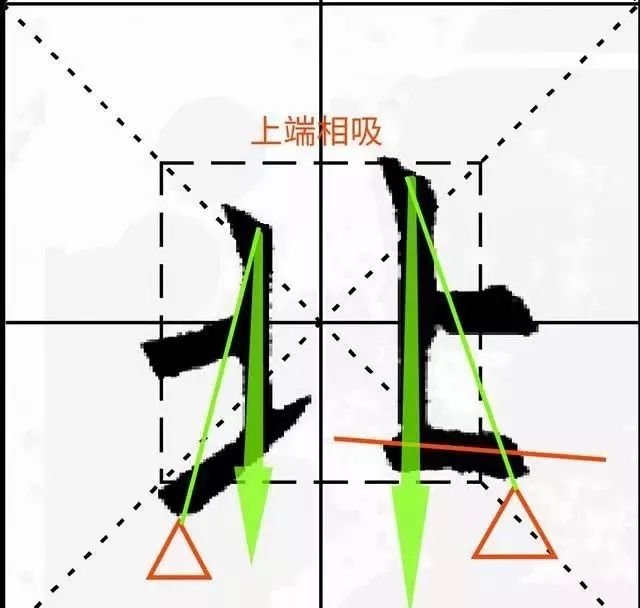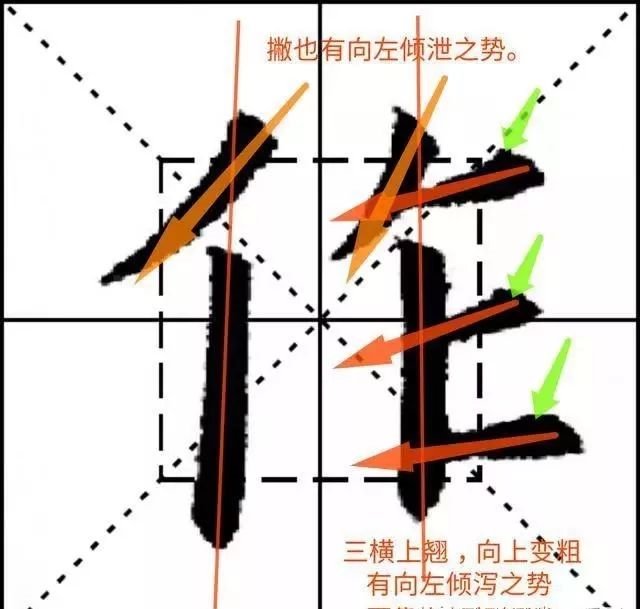(09): Fill in the blank
【original】
For example, the words "I" and "Zai" must be pointed to the real place on the left side, and cannot be the same as "cheng", "Ji", and "ge". Such as "attack", "PI', "dine", "gan" ', and so on, if you want the four sides to be full and square, such as the word "鴴" in "Liquan Ming".
【Original meaning】
Some characters don't have many strokes and are easy to leave gaps. Therefore, you should pay attention to filling in the gaps when writing. For example, in the words "I" and "Zai", the dots on the upper right should be closer to the real point on the left when writing, and should not be the same as the dots on the upper right of "成", "Ji", and "Ge". Another example is "attack" When writing words such as ", "PI', "dine", and "gan", you should pay attention to the four sides to be full, substantial and square, just like the word "鴴" in "Li Quan Ming".
【New Theory】
If there is any space, make up for it. It is easy to leave gaps in the structure of some characters, resulting in uncoordinated proportions. At this time, you need to pay attention to arranging the strokes in real places, filling the squares, making them full and square.
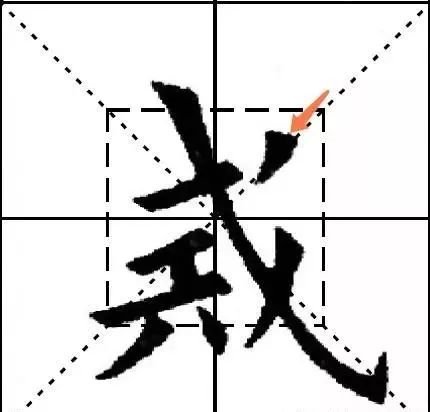
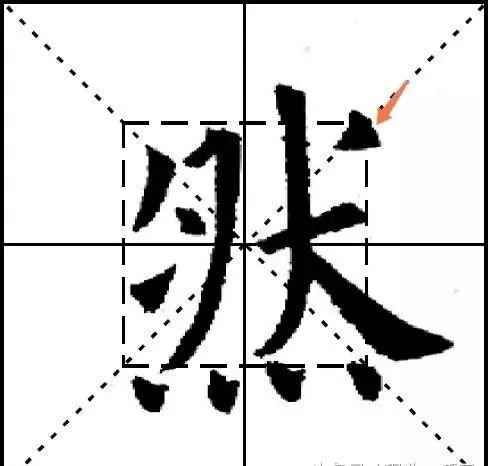
Filling in the blanks sometimes involves using thick strokes to make the blank spaces more focused and less frivolous. For example, the word "ru" is very thick. Some also use the length and position distribution of strokes to make the four sides of the character full, substantial and square, such as "鴴".
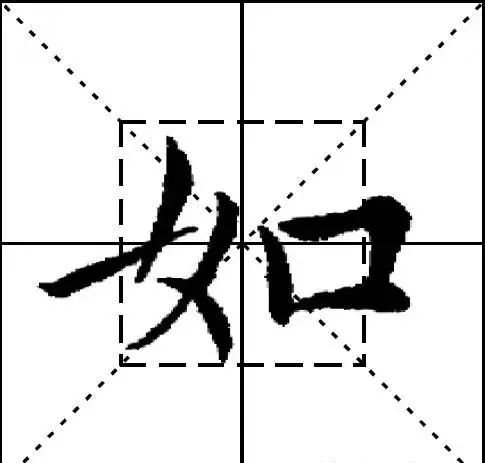
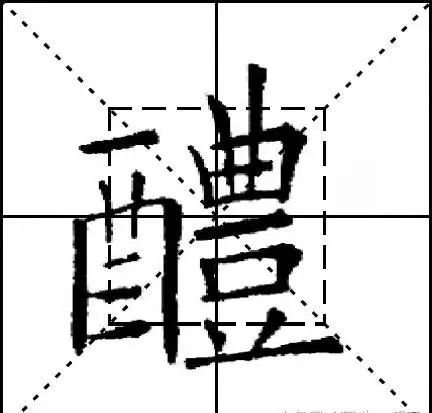
(10): Cover
【original】
For example, "treasure", "rong" and the like, the dots must be straight and the paintings must be round and bright. They should not be close to each other, with the upper part longer and the lower part short.
【Original meaning】
Some characters with upper and lower structures, such as "宝" and "Rong", have Bao hijab. When writing, the middle point of the hijab should be in the center, and the connection between the upper and lower parts should be clear and clear. It should not be sloppy, stuck to each other, or the upper part is longer and the lower part is shorter, losing the center of gravity.
【New Theory】
Words such as Bao Hijab, Dangzi, etc. have the feeling of covering. The "Thirty-six Methods" is not accurate. The middle point on the head of the treasure hijab does not have to be in the middle, but is often to the left. When writing, pay attention to the appropriate weight, height, width, and distance from other parts of the word, and avoid being top-heavy. Although it is said to be "covered", "covering" is not necessary. Sometimes it cannot be covered at all. "Covering" is more appropriately understood as a hat. The hat can be large or small, as long as it is comfortable and stylish.
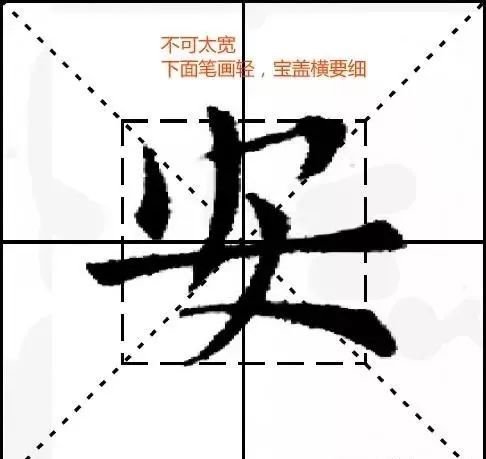
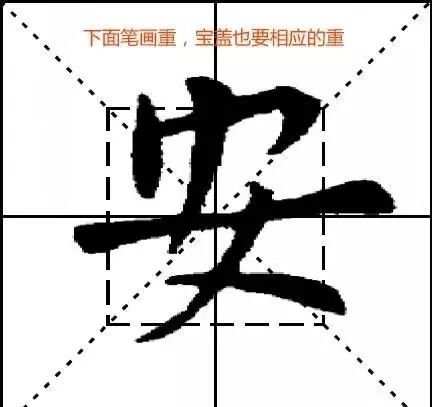
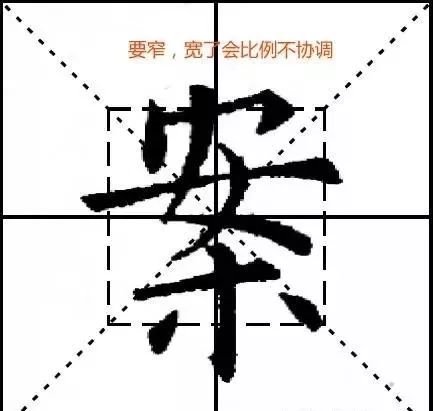
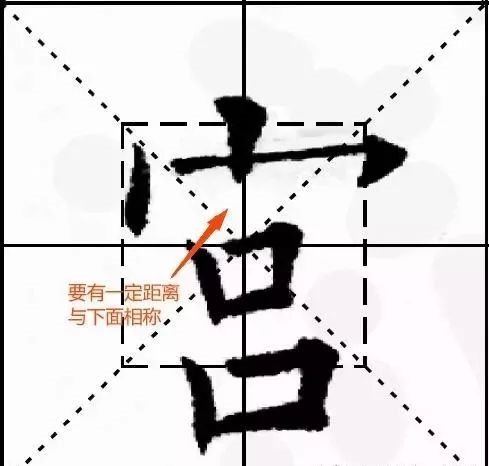
Traditional writing (traditional mao) is also commonly used when learning prefixes to fit in with other parts of the character. The lower part of "dang" is big, so it is suitable to use simplified Chinese for the upper part, but it will be clumsy to use traditional Chinese. There is only one part in the lower part of "jue", so learning to use traditional Chinese for the prefix can make the words have a sense of hierarchy. There is no need to be strict about simplified or traditional Chinese, whichever suits best.
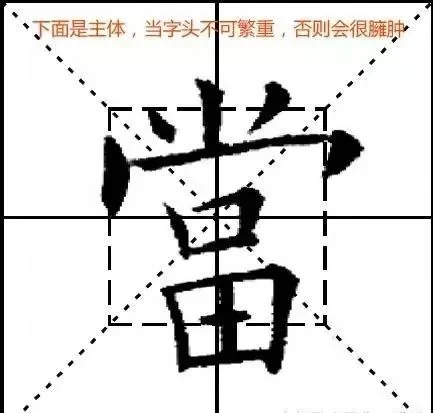
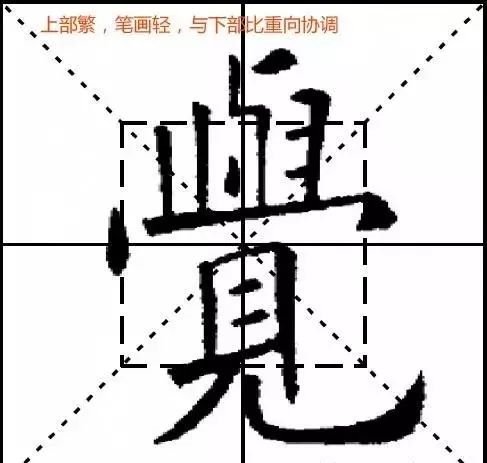
(11): Post zero
【original】
Such as "Ling", "Jin", "Winter", "Han" and so on.
【Original meaning】
For words such as "Ling", "Jin", "Winter", and "Han", the dots are relatively fragmented. The lower dots should be careful not to be too far away from the top, but should be closer.
【New Theory】
"Zero" means fragmentary. For characters such as "Ling", "Jin", "Winter" and "Han", the stippling is relatively fragmented and is not the main stroke. It must be coordinated with the main body of the characters, but it is the key to creating vividness. When writing, you need to find the right position and pay attention to its shape. Only when you write casually and with the right shape and orientation can you feel dynamic.
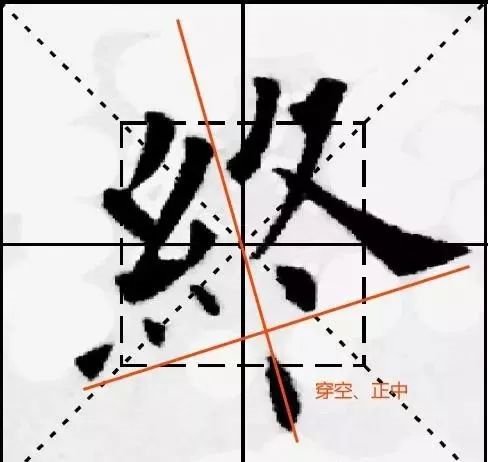
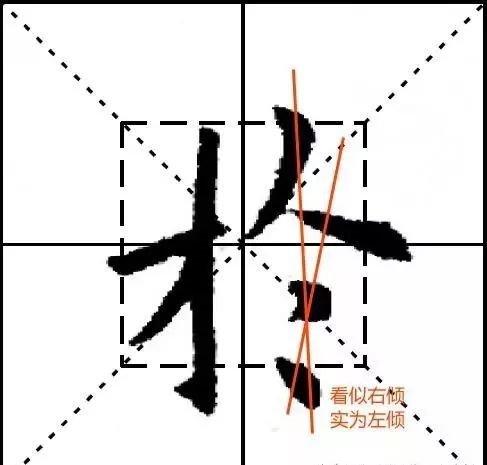
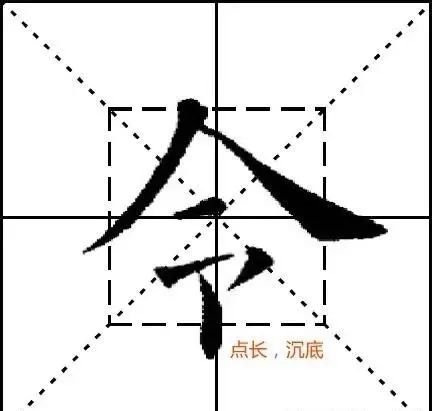
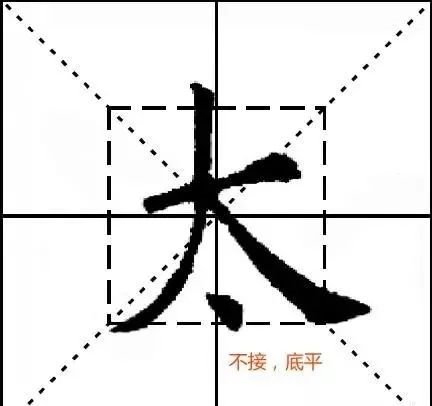
(12): bonding
【original】
If the original characters of the characters are separated, it is better to stick them together so that the characters are aligned with each other, such as the radical characters "wo", "jian", "fei" and "men".
【Original meaning】
There are many characters with a left and right structure that deviate from each other in terms of character style. When writing, you should pay attention to the echo and connection between the left and right parts, so that the energy veins of the left and right sides are connected and compliment each other, so that they are balanced and complete, such as "Lie", "Jian", "Fei", "door", etc.
【New Theory】
To bond means to gather together. Some characters are structurally separated from each other, and there is no way to connect them. However, when writing, you should pay attention to using techniques to bond them. There are many techniques, such as: the left and right strokes echo each other (Ruyi Lian), so that the two sides The Qi veins are connected and bow to each other; the left and right sides are brought closer to each other through mechanical means (such as facing back); the left and right sides are connected to each other through the stroke form.
